|
Here’s an actual conversation with my six-year-old on the final day of our eventful spring break. “Well, what was your favourite part of our trip? Was it visiting the Statue of Liberty that you so desperately wanted to see? Was it the American Museum of Natural History, or that hilarious show we saw on Broadway? Was it hanging out with your aunt in Central Park, or taking the busy subway around the city? Was it spending a week playing in the big waves of Copacabana? Was it the cable car to Sugar Loaf Mountain to get that incredible view of Rio? Maybe it was the Wishing Tree and the monkeys we saw at the top of the mountain? Was it climbing on massive floats and dressing up in carnival costumes to dance with a beautiful samba princess? Maybe it was the sharks and stingrays we saw at the aquarium, or eating beach corn, grilled queijo and drinking coconuts at the beach? Playing with your cute Brazilian cousins, riding a bike along the beach, or spending time with your grandparents who spoiled you rotten with candy and cakes?” Galileo thought about all this for a half a second, and replied: “My favourite part was taking the airplane.” I write these words during our final flight home after two-and-a-half weeks abroad. After a ten-hour overnight leg from Rio to Houston, we spent 90 minutes in line-ups to clear US customs and airport security. Removing friction from travel is a primary driver for tourism growth. Adding friction and making life difficult for passengers is the domain of government security and regulations, which has built nonsensical layers of procedure atop unnecessary layers of bureaucracy that make no sense to anyone. Are we still removing our shoes because one idiot unsuccessfully tried to blow up a plane with his shoelaces twenty-five years ago? Are we still confiscating perfume because liquids over 100ml are deadly? Are we still getting grilled by customs while connecting through a transit bubble, and going through security again even though we never left the sealed-off arrivals hall? Which is why, if you have anything less than a two-hour international connection these days, you’re playing with fire. All this said, our planes took off on time, United Airlines staff have been lovely, and even though they misplaced one of our suitcases for 48 hours, the system somehow worked well enough for little Galileo to have the time of his life, both on the plane and off it. 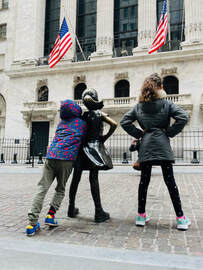 I’ve never been a particular fan of New York. I’ve visited the city a half dozen times, mostly for professional reasons, and I've always got the sense it's a frenetic place for those in ivory towers, and the overworked masses who support them. How does it go: Live in New York but leave before you become too hard, and live in LA but leave before you become too soft. New York tends to be city utterly swept up in the sense of its own self-importance. This is not the centre of the Earth (geographically that’s somewhere in Turkey). Being rude to strangers is not charming, it’s just being rude. Perhaps when I was in my twenties, I’d have more fire and energy to take on The Big Apple, a zest I’d exhausted in late 1990’s London (The Big Smoke). Age has now mellowed me, and nature holds infinitely more appeal than nightclubs or fancy restaurants. On this trip, I found the subways exhausting, the line-ups at the attractions intense, the people brusque. Times Square was a violent display of overwhelming advertising and grift. I certainly enjoyed visiting the Statue of Liberty and American Museum of Natural History with my kids. Both world-class attractions are transitioning from Covid protocols and were somewhat chaotic. We used a CityPASS which saved us a few bucks, and a company called TodayTix to get heavily discounted Broadway show tickets. I took the family to see The Play That Goes Wrong, which had all ages in stitches and was the perfect family-friendly live theatre experience, especially for kids who have never seen this level of professional theatre before. We caught a lovely sunny day at Central Park, and my daughter’s birthday present was a visit to the goopy Sloomoo Institute, which will get its own sloppy sticky story in due course. We stayed with relatives downtown, and as always, reconnecting with family proved to be the best highlight of all. It's been almost a decade since I visited Rio de Janeiro, presently emerging with the rest of Brazil from dark political days. Just about all my time would be spent with family in Copacabana, staying with my in-laws who live one block from one of the most famous beaches in the world. Heading into fall, the weather was spectacular: 30℃ blue skies, crashing waves, not a drop of rain in a month that could just as easily be a washout. Little stalls along the beach offer chairs, umbrellas, drinks and food, and with a caipirinha in hand I was content to watch the kids play in the waves while an endless stream of touts made the rounds offering everything from bolinho de bacalhau (cod fish cakes) to loud shirts and Bluetooth speakers. I don’t recall Copacabana being this clean, lovely and safe, especially in the evening. New waste treatment plants have made the water safe to swim in, tourism police and lifeguards patrol the shores, locals wear their teeny-weenie bathing suits, and you can happily spend all day doing nothing (the Brazilian way). The neighbourhood was also noticeably LGBTQ-friendly. My kids got to know some local characters, relished their acai bowls, street food, Brazilian family, shopping excursions and night markets (the Canadian dollar goes far here). 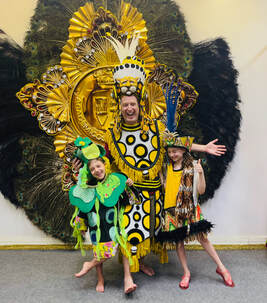 Of course, we still had time for the sensational views atop Sugar Loaf Mountain and the AquaRio, the largest aquarium in South America. We also took a braziliant tour called Carnaval Experience, taking us backstage at Samba City to learn about the city’s legendary festival. Staying relatively put – by my standards anyway – I was reminded of the months my family spent in Chiang Mai and Hoi An, which allowed us to get under the skin of a different place and culture. Like New York, the traffic and chaos of Rio can get a little much, but since my goals were modest, it was a joy to reconnect with our Brazilian family on these too-few, too-rare occasions, allowing the kids to immerse themselves in the culture of their mother’s heritage. Ipanema, Santa Theresa, Lapa, heck the rest of Brazil would have been fantastic. Maybe next time... or maybe I won’t get too far from the beach again. Either way, the friction of six airports, the white-knuckle taxis, the financial expense, the subways, the heat, the rain, the packing, the crowds, the jetlag…it’s all worth it, and it always is.
0 Comments
Canadians know that any country sitting in the shadow of a more popular neighbour is often overlooked. Spare a thought for Slovenia, that small nation in Central Europe within sight – quite literally – of Italy, Austria, Hungary and Croatia. While international visitors to Europe might beeline to nearby Venice or Milan, Salzburg, Budapest or even Zagreb, many would be hard pressed to locate Ljubljana on the map, much less be able to pronounce it. Slovenia lacks the attention of its more famous neighbours, but discovering its historical capital, frosted peaks, glimmering lakes and lush countryside, it’s clear this modest nation can compete with all of them. With its central location and abundant natural beauty, Slovenia was considered a prize territory for the conquering armies of Rome, Austria-Hungary, Croatia, Germany, Serbia, Italy, and finally, the Communists who incorporated it into Yugoslavia. Claiming its independence with an impressive lack of political turmoil in 1991, Slovenia officially joined the European Union in 2004, adopting the euro but keeping its identity intact. The nation of two million people has quietly got on with the business of becoming one of the most prosperous, stable, and successful of all the post-Soviet states. It frequently ranks among Europe’s best economies, scores big in lifestyle indexes, and it really wants you to not confuse it with Slovakia, a different (and take it from me, less impressive) country altogether. As I wander the streets and canals of old Ljubljana (say it with me: Yoo-bli-yana), I’m reminded of Copenhagen, Stockholm and Budapest. Yet Ljubljana feels cleaner and more civilized than those capitals, immaculately maintained with arty cafes, old world architecture, copper Church steeples, ample bike lanes and manicured parks. Locals roam about, stylishly dressed in that casual, modern European manner of looking fantastic without much effort. I take care not to trip on the city’s polished cobblestone for fear of cutting myself on those striking Slavic cheekbones. Students bike across the Games of Thrones-ish Dragon Bridge and distinctive Triple Bridge, the public art is impressive, and even the urban graffiti is tasteful. Overlooked by the 900-year-old Ljubljana Castle, the capital is a template for any great European capital, with half the tourists. I expect to find more visitor’s at Slovenia’s premier tourist attraction, historic Lake Bled. Sitting at the foothills of the towering Julian Alps, you might have seen images of the lake on screensavers or Instagram or any platform hoping to illicit a ‘wow, where the hell is that?’ response. It had taken me less than an hour to drive the smooth highway from Ljubljana, and ‘WOW’ got cap-locked when Lake Bled came into view. Framed by mountains and thick forest, the placid, emerald-coloured water has a small island in the centre with a notable European landmark. The gothic Church of Mary the Queen was first consecrated in the twelfth century, and restored to its current state in the seventeenth century. “Europe,” as Eddie Izzard remarks, “where History comes from.” Long before the island became a site of Christian pilgrimage, it was a cult centre for Slavs to worship the Goddess of Love and Fertility. Fittingly, couples flock from around Europe for destination weddings in one of several grand lakeside hotels, the remains of former royal palaces. Tradition holds that grooms must carry their bride up ninety-nine steps to the chapel, and ring the famous bell three times for good luck. Judging by the strain I see on the flummoxed faces of several men, carrying anyone up ninety-nine steep steps and then ringing a heavy bell is more difficult than it appears. The rest of us will just fall in love with the warm, azure water, four-hundred-year-old rowboat transportation (called pletnas), lovely ambiance and a location so striking you’d think it had been airbrushed onto the cover of a romance novel.
Visitors to Slovenia often complain they should have allotted more time. More time to explore the notably affordable all-season mountain resorts. More time to hike, fish, bike, raft, and enjoy the country’s abundant outdoor splendor. More time to visit Lipica, the ‘cradle of the race’ of the unicorn-white Lipizzaner horse that have dazzled dressage events for centuries. More time for show caves, the world’s deepest underground canyon, the robber-thief Predjama Castle, or visits to old churches and abbeys. The country is compact and easy to get around, English is widely spoken, and the local cuisine draws heavily on the best traditions of its neighbours: outstanding beer influenced by Hungary; pizza, gelato and coffee by Italy; schnitzels and pastries by Austria.
Yes, we know all about living in the rain shadow of a more famous country that soaks up the world’s attention. This is why Canadians will particularly appreciate that quiet, overlooked and underrated Slovenia might just be the most enticing country in all of Europe – east, west, and otherwise. You can really get a sense of place by its name. Take Istanbul, Timbuktu, or even Bird Island (where I write these words, off the coast of Cape Breton, Nova Scotia). Revelstoke, the BC transport hub on the way from Vancouver to Banff, certainly has a name better than most. A town that lets you revel in the stoke? Come on, a high-priced brand agency couldn’t have come up with something that good. The town, population 15,000, got its name from one Lord Revelstoke, an English industrialist who rescued the Canadian Pacific Railway from bankruptcy in 1885. In the shadow of the Selkirk Mountains, sandwiched by the mountainous beauty of Glacier and Mount Revelstoke National Parks, the town also boasts a ski resort with the greatest vertical descent of any ski resort on the continent. Fun for another time. We’re here for a family roadtrip in summer, driving six hours up from Vancouver to explore local activities for all ages, including another tick on my ever-expanding Canadian Bucket List. An Old Lady Lived in a Shoe in an Enchanted Forest
After crossing dramatic mountain passes and driving alongside large, scenic lakes, we pull off the Trans Canada Highway to explore The Enchanted Forest and adjacent Skytrek Adventure Park. With various high ropes courses through the tall forest trees, the latter is catnip for kids and adults channelling their inner gibbon. The former is eccentric and certainly bizarre. Dozens of tiny and not so tiny fairy tale houses have been built on the forest floor, complete with a castle, a giant climbing a tree, mermaids, wooden horses, and mischievous forest elves. A passion project that has been a popular, quirky roadside attraction for half a century, my young kids embraced Enchanted Forest with sheer, unadulterated delight. Happy kids, happy parents, and happier still that both these attractions are less than a half hour’s drive from downtown Revelstoke, where our room at the Regent Hotel awaits. A town that straddles the industries of railway, forestry and tourism, Revelstoke is refreshingly devoid of glitzy retail brands, and oozes small town charm. It is protected from being overrun by its relative isolation from a major city, resulting in the kind of place where locals greet each other at free nightly summer music concerts in Grizzly Plaza, or at the weekend street market bursting with local flavours. Our outstanding meals at Taco Club, Nico’s Pizza, Paramjit’s Kitchen and the exceptional Quartermaster offered funky, homely and fine dining, while a visit to the Aquatic Centre (a must for young kids) made me pine for something similarly inexpensive and less crowded in Vancouver. Toasting outstanding craft beer at Rumpus Beer Co, I admired the moxie of the husband-wife owners chasing their small town dream, and wondered, along with many others I imagine, if Revelstoke is the kind of place where I could chase a dream too. A real sense of community permeates the town, a community that doesn’t mind living ten minutes down the road from a world class ski resort, or two and half hours from Kelowna, the nearest regional airport. The Pipe Mountain Coaster Revelstoke Mountain Resort is famous for the highest vertical run on the continent, but is embracing its four season possibilities. This means world-class mountain biking, and for my bucket list, the longest alpine rollercoaster in Canada. Taking the gondola up to mid-mountain, my family soaked in the stellar mountain views and fanning Columbia River, before hopping into yellow go-cart like contraption connected on a narrow single rail. My wife and I each put a kid in our laps and strapped in for a thrilling 1.4 kilometre descent. The Pipe Mountain Coaster twists, curves and whoops its way 279 metres down the mountain, through forest and breathless dips at speeds of up to 42 km/hr. A simple mechanism allows us to brake and go at our own pace, and most first timers will take it easy. Get the three-ride pass (or more) and you’ll soon dispense with the brakes altogether, hitting the hell-yeah! controlled maximum speed that ensures it’s safe and fun for the whole family. “Faster Daddy!” yelled my daughter, and who am I to argue? Paddle at the Rumpus Beer Company Feet away from the exit point of the coaster is newly opened Aerial Adventure Park, where you can easily spend two hours navigating fifty different balance and height obstacles, rising four stories above the ground. Graded like ski runs into green, blue and black difficulties, climbers are safely harnessed throughout the entire contraption. Watching brave little kids take on swinging rings or a knee-shaking four-story jump should add some pep to your steps. Fortunately, great food and craft beer awaits the victorious in the village regardless (and for the kids, ice-cream). A Pirate Battle River rafting is another popular summer activity in Revelstoke, with various companies offering grade three runs. For younger kids, consider Wild Blue Yonder’s River Pirates Tour, complete with pirate costumes, face paint, bush battles and fun tales of yaargh! Downriver from the impressive hydro dam, we drifted on the glass mirror of the Columbia River, listening to Captain Jack’s brogue as he recounted the myth of the man-eating moose. My daughter - made-up with face paint, bandanna’d, and now known as Jolly Lips Sue - had a blast. Nobody got wet, and foam sword battles continued back in our comfortable family suite at the Regent. Here comes the train! Fortunately the sword stayed behind when we checked out the old world Railway Museum, although the knives came out when my three year-old had his thermonuclear meltdown when we told him it was time to leave the large, warm wading pool at the Aquatic Centre. We packed a lot into just three days, and could have easily spent a week exploring this underrated wonder of the BC interior. It’s all right there in the very name of the town, where families can revel in the stoke of it.
Hot, cold, dry, wet and windy – there are some places in the world where everything is taken to the extreme. Those craving excitement might put them on the radar. Others should make a mental note to avoid these spots at all costs. The World’s Hottest Place Here’s a contentious category, with various contenders vying for the top hot spot. Historically, the victor was El Aziza in Libya, where the ground temperature was recorded in 1922 at a whopping 58°C. Furnace Creek in California’s Death Valley clocked in at an impressive 56°C, but it was not until satellites could measure thermal temperatures that the true victor could scorch their way to the top. Researchers at the University of Montana analysed infrared satellite data and the results were surprising. According to five years worth of data, the hottest place on Earth is Iran’s Lut Desert, where the land skin temperature was measured at 70.7°C. At that heat, you can fry an egg on your hand! The World’s Coldest Place On November 23, 2010, Alberta recorded temperatures that made it the second coldest place that day on the planet. What’s remarkable about this fact is that it included populated cities like Edmonton and Calgary, where the wind chill cranked the chill to around -41°C. Pollockville, 250km east of Calgary, had to deal with -49°C. But that’s toasty compared to how cold it can get in Antarctica, which reigns supreme for recording the coldest temperatures on Earth. Scientists in Vostok, near the magnetic south pole, recorded land temperatures at a brrrr-isk -89.2°C, measured during the dark winter months of June and July. The coldest permanently inhabited town is said to be Oymyakon in Russia’s northern Sakha Republic, which clocked in at a frisky−71.2 °C. The World’s Wettest Place There are half a dozen contenders in this category, with different research methodologies determined to soak up the glory. When I visited Kauai, Hawaii’s Garden Island, I was told by proud locals and guides that Mount Wai-‘ale-‘ale is the wettest spot on Earth, with rain falling between 335 and 360 days a year, drowning in up to 13,000mm each year. The Guinness Book of World Records recognizes this achievement, but the US National Climatic Data Center gives the title to Colombia’s Lloro, which receives over 12,000mm a year. Cherrapunji in north-eastern India is another contender, even more remarkable since its annual rainfall (almost 11,000mm) falls mostly in the monsoon months between June and August. Back in Colombia, a freak rainy season in 1974 deposited 26,303mm of rain on the town of Tutunendo. It puts living in rainy Vancouver, where the average annual rainfall is just 1588mm, in perspective. The World’s Windiest Place For 75 years, Mount Washington in New Hampshire held the record for the highest wind speeds ever recorded, 231 miles per hour at the top of its peak. It was a freak event, much like the cyclone in Barrow Island, Australia that blew right past the record, clocking in at 253 miles per hour. The most consistent windiest place on the planet is Commonwealth Bay in Antarctica. As for the windiest cities, forget Chicago. Citizens in Wellington New Zealand, Reykjavik Iceland and Cape Town South Africa would do well to invest in extra strength umbrellas. As for the windiest city in Canada? The title goes to St John’s, Newfoundland. The World’s Driest Place The Atacama Desert stretches across northern Chile into parts of Bolivia and Peru, and is known as the driest place on the planet. Average rainfall is as little as 1mm a year, with some weather stations having never recorded any rain at all. The town of Arica, a launchpad for tourism excursions into the Atacama, did not record any rain for over 15 years! Crossing the Atacama in a 4x4 is one of my highlights of visiting South America, witnessing its otherworldly landscapes and rock structures. Scientists have compared the Atacama to conditions of Mars, which is why NASA test-drove their Mars Rovers here. Oddly enough, the driest continent is Antarctica, which receives less than 2mm rain a year, even though it is primarily made up of compacted snow and ice. The World’s Deepest Place James Cameron, director of Avatar and Titanic, broke the world record to become the first human to visit the deepest spot on the earth – the desolate, alien and lunar landscape that sits almost 11km deep at the bottom of the ocean known as the Mariana Trench. Located in the Western Pacific, the 2550km long trench forms the boundary of two tectonic plates. While pressure at the bottom is over 1000 times that found at sea level, researchers have still found life in the form of fish, shrimp and other organisms. Decaying animal skeletons, shells and other organisms give the seabed a yellow colour. Cameron filmed his descent in 3D for a documentary, and collected samples for scientists to shed more light on the darkest of ocean deeps. The World’s Highest Place The world’s highest mountain is Mount Everest, towering at 8848m above sea level. If you dared to climb atop its dangerous peak, as thousands of climbers do every year, you wouldn’t however be the closest to the moon. The planet’s shape is an oblate spheroid, much like the shape of balloon if you were to sit on it. The result is that mountains close to the equator stick out further than mountains closer to the poles, not in terms of height above sea level, but in terms of its closeness to the stars and distance from the earth’s centre. Cleverer people than I have done the calculations, and determined that the 6310m high Mount Chimborazo in Ecuador lies on the bulge, and as such is about 2.4 km closer to space than Everest! The Deepest Place Below Sea Level On dry land, you can’t get any lower than visiting the Dead Sea, the salty lake that shares its banks with Israel and Jordan. To get there, you’ll drive along the world’s lowest road, and float in its famously buoyant waters 423 metres below sea level. 67 kilometres long and 18 kilometres wide, this lifeless sea is 8.6 times saltier than the ocean, which is why you can comfortably sit back and read a newspaper during a dip. The health benefits of the mineral waters and thick mud of the Dead Sea have been prized since Biblical days, making it one of the world’s first health resorts. A drop in groundwater and flow of water from the Jordan River has resulted in significant shrinking of the Dead Sea, causing much concern for both the tourism and cosmetic industries that support it. The World’s Most Dangerous Country Forbes Magazine went through data looking at crime rates, risk of terrorism and kidnappings, police protection, corruption and political stability to determine the world’s most dangerous countries. Receiving the bronze medal on the podium is Somalia, which has not had a real government for 15 years, where militants run wild and piracy is rampant. The silver medal goes to Iraq, a hotbed of fundamentalism and instability, its citizens living under the constant threat of bombings and deeply corrupt government officials. Winning the gold medal, which will probably make its way to a Swiss bank account faster than I can type this sentence, is Afghanistan. Tribal warfare and corruption is rife, especially on the Pakistan border, where it is estimated that every citizen owns an automatic weapon. The Youngest Place on Earth
Iceland, the real land of Fire and Ice (Game of Thrones notwithstanding) boasts the youngest place on the planet with its southern-most point, Surtsey Island. This 1.4 km2 island dramatically emerged from the sea during a volcanic eruption in 1963. The volcano stopped erupting almost four years later, with the intense flow of lava resulting in a newest island in the Atlantic. Since then, erosion has whittled away some of the land, but its hard igneous core has remained firm. The island was declared a nature reserve in 1965, and a UNESCO World Heritage Site in 2008, for its scientific value. Scientists are studying how plant, bird and marine life are evolving on the island, with human impact carefully monitored and kept to a minimum. |
Greetings.
Please come in. Mahalo for removing your shoes. After many years running a behemoth of a blog called Modern Gonzo, I've decided to a: publish a book or eight, and b: make my stories more digestible, relevant, and deserving of your battered attention. Here you will find some of my adventures to over 100 countries, travel tips and advice, rantings, ravings, commentary, observations and ongoing adventures. Previously...
July 2024
Categories
All
|

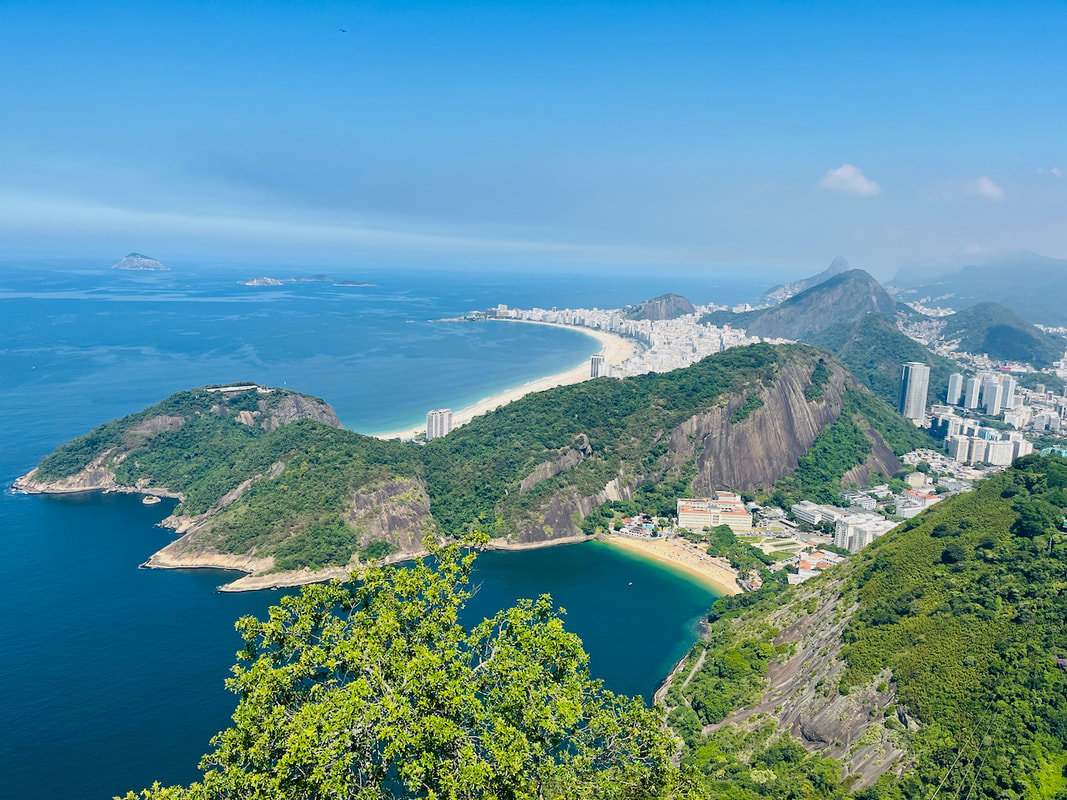
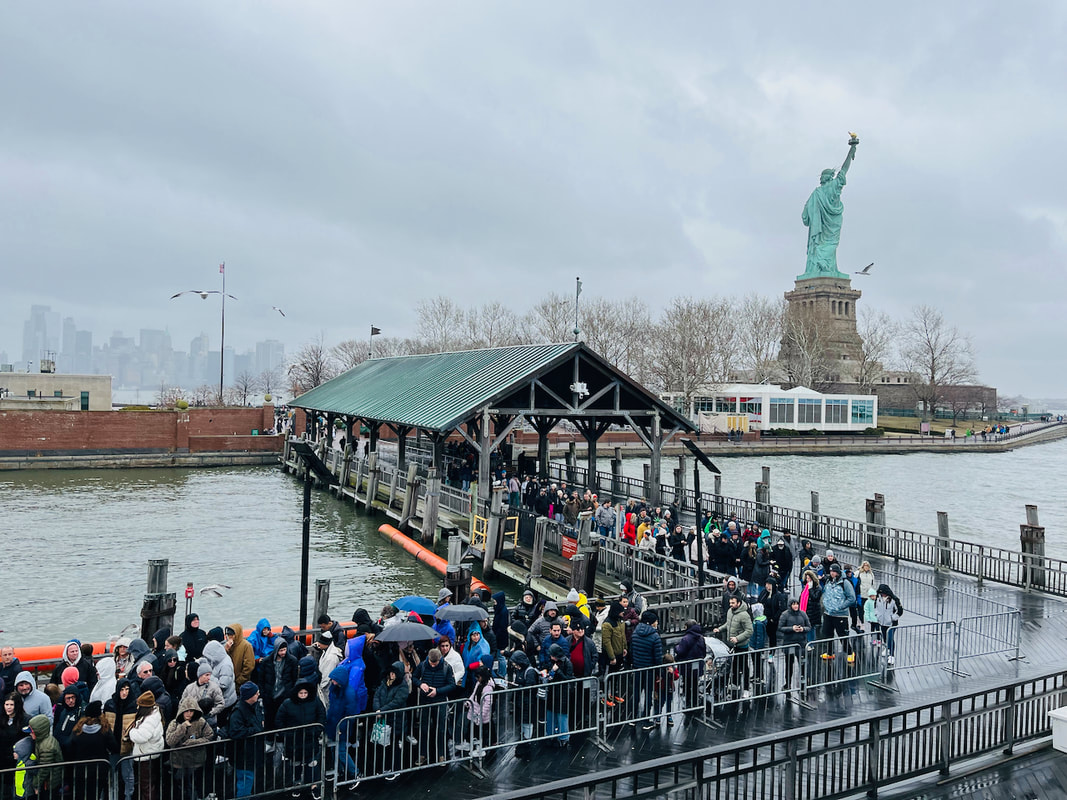
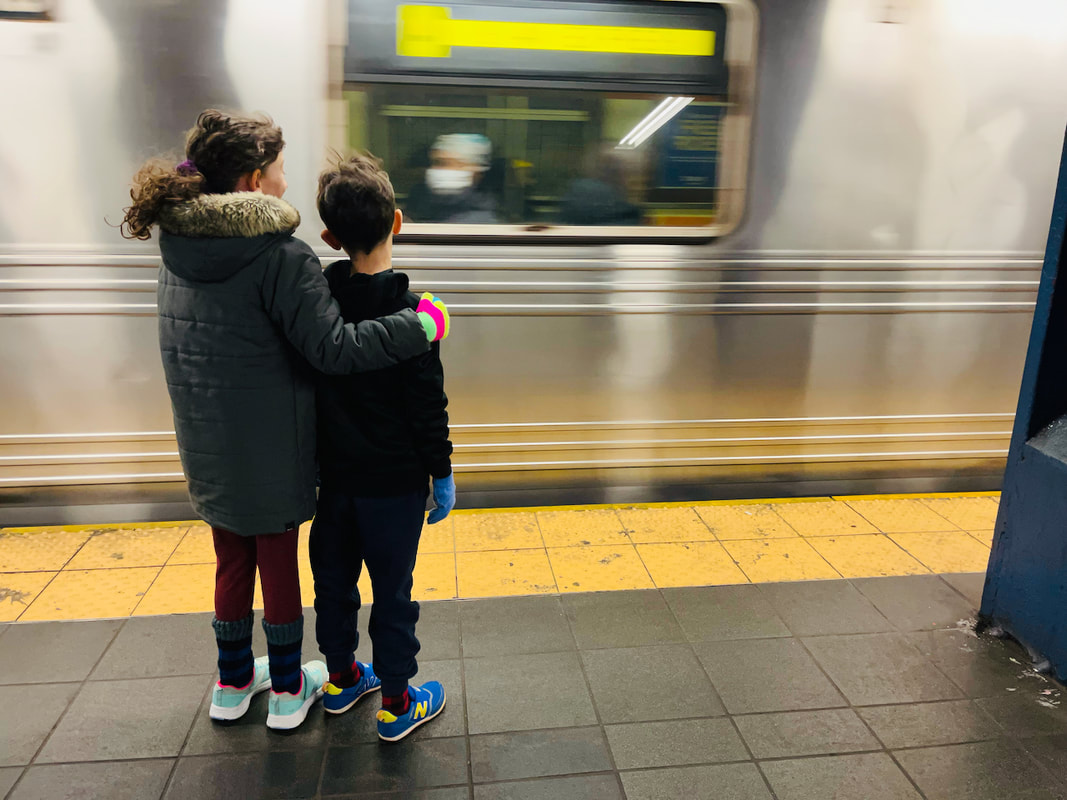
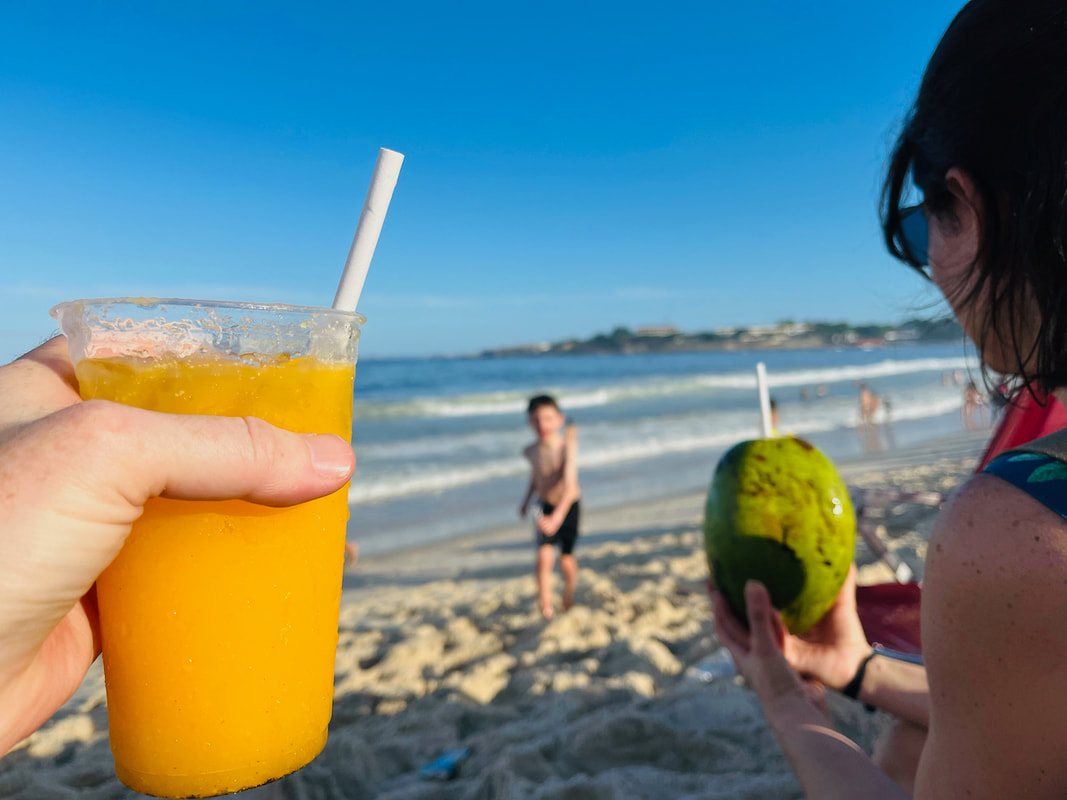
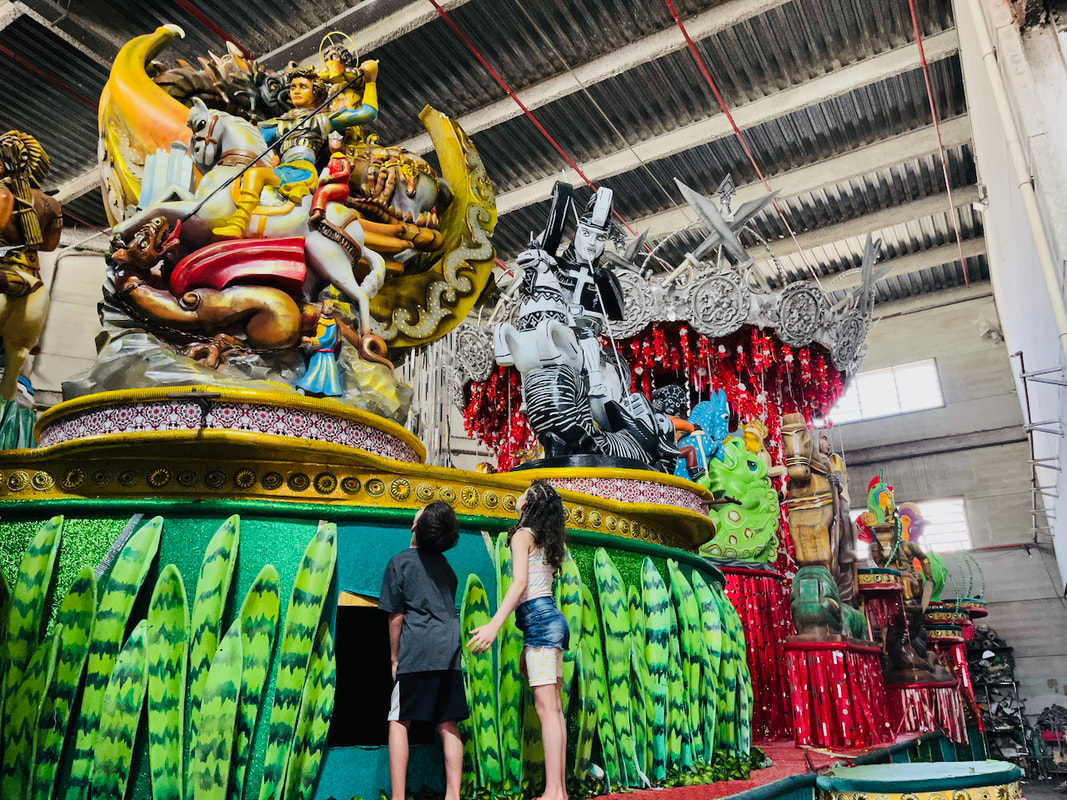
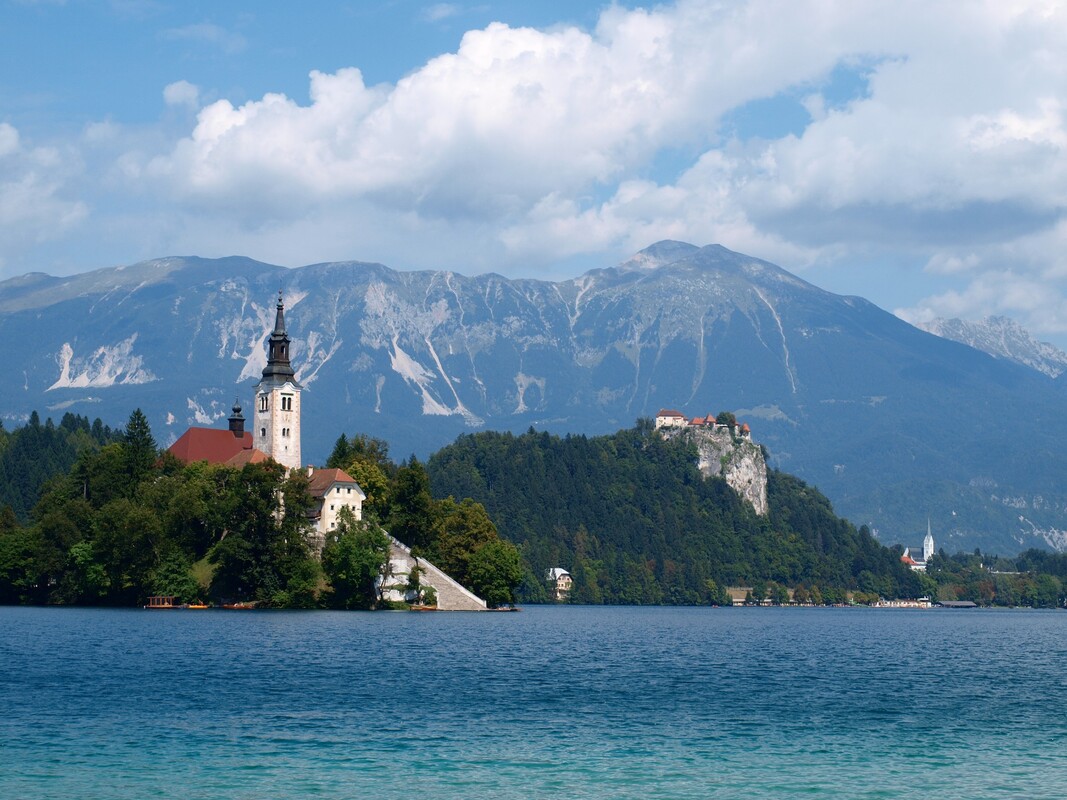
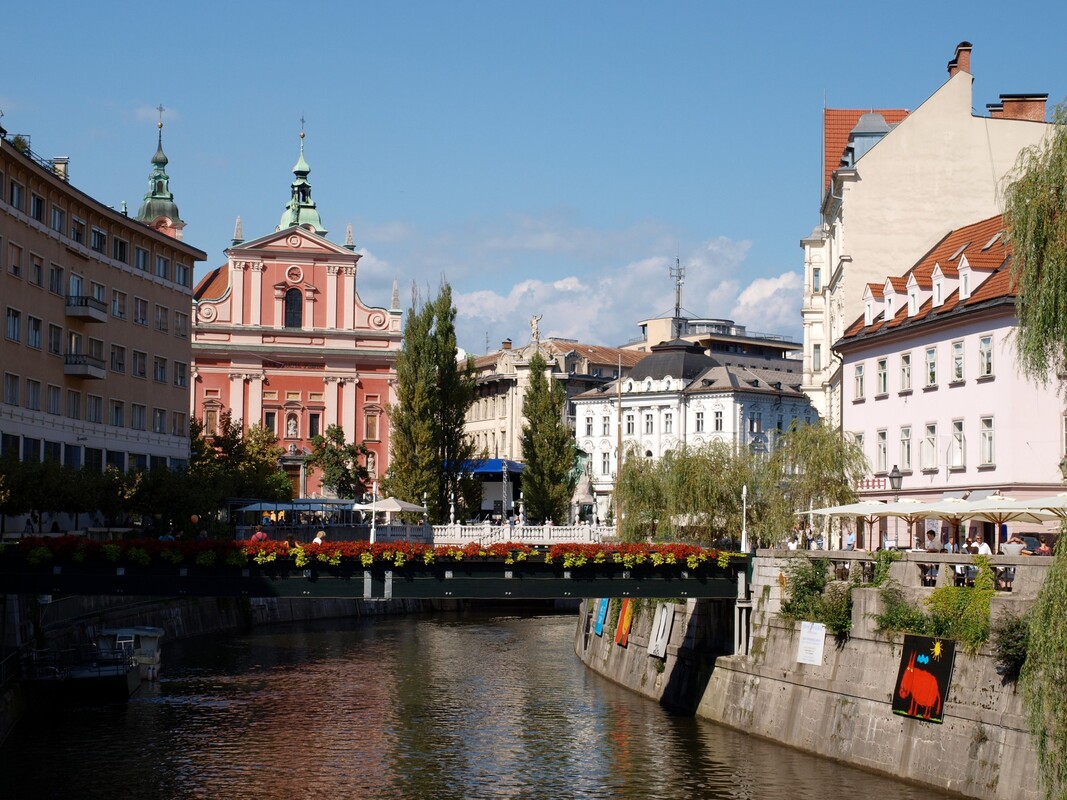
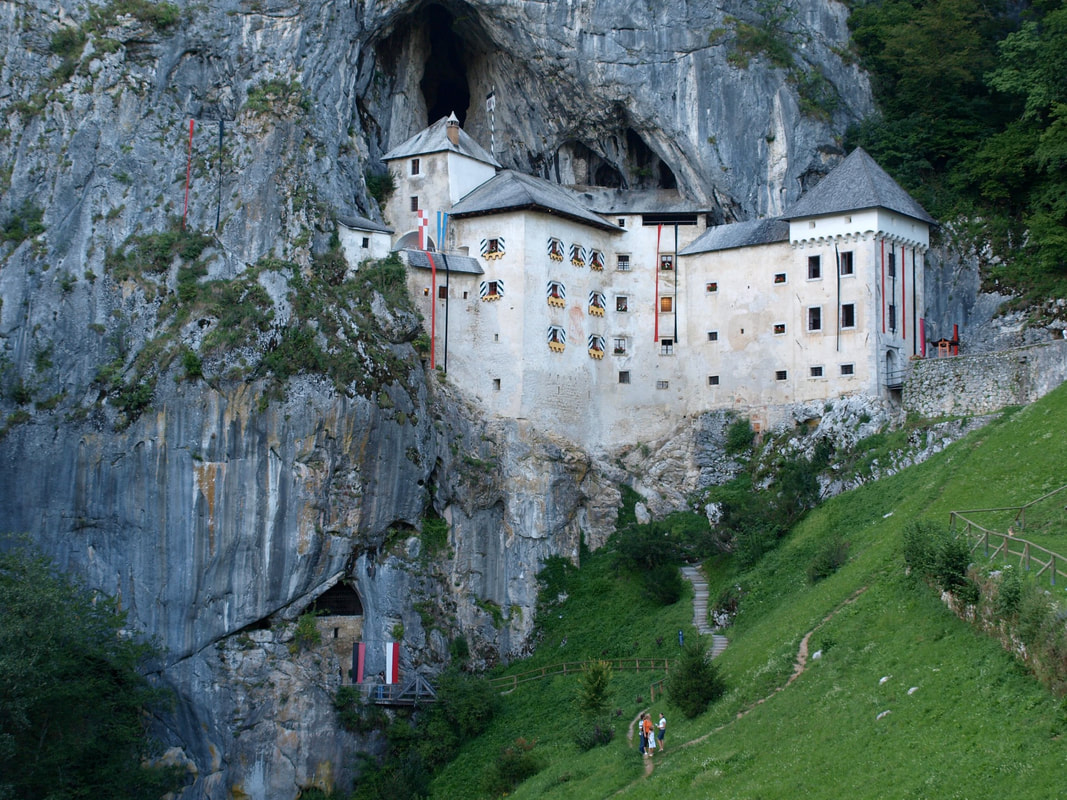
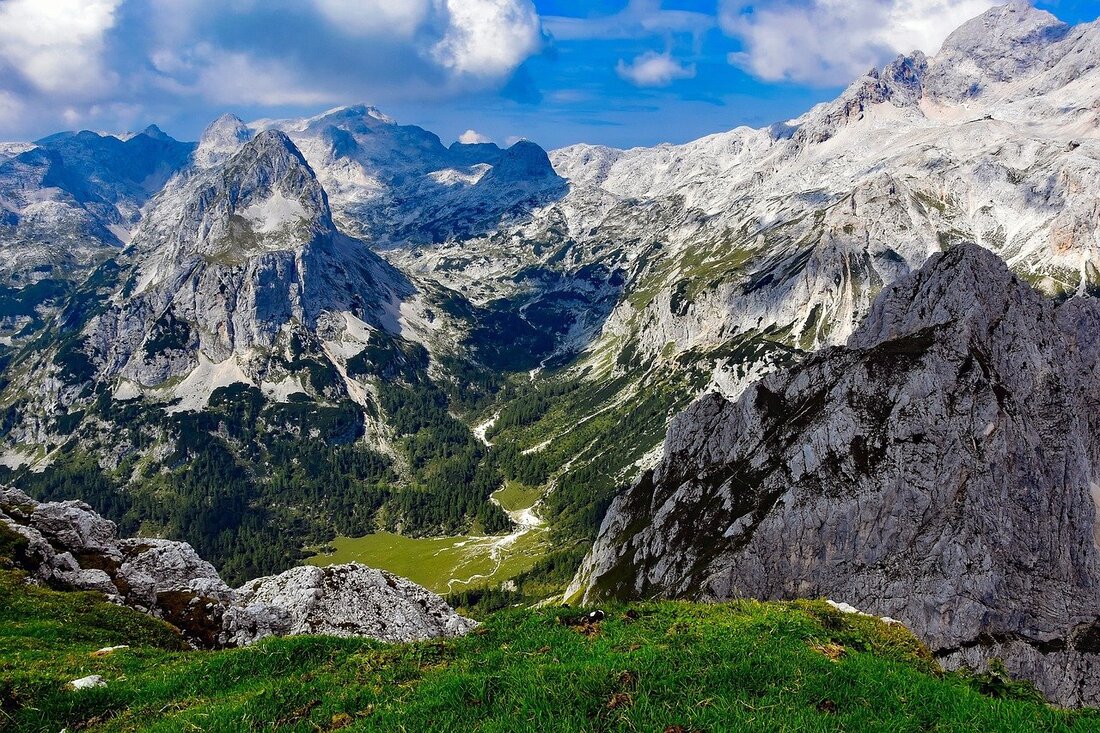
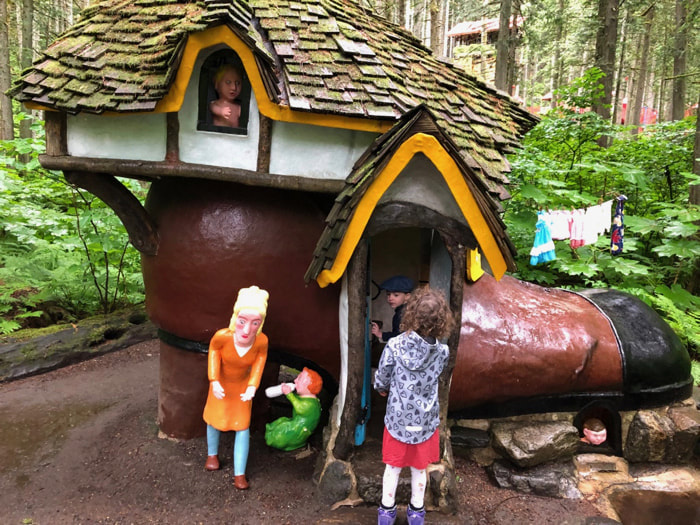
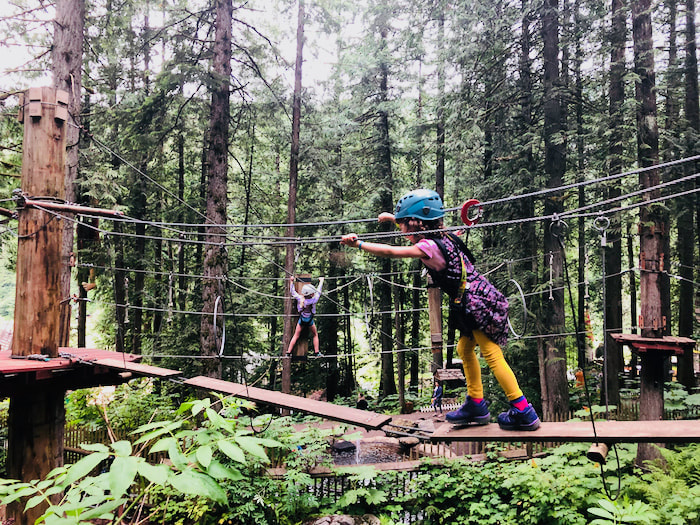
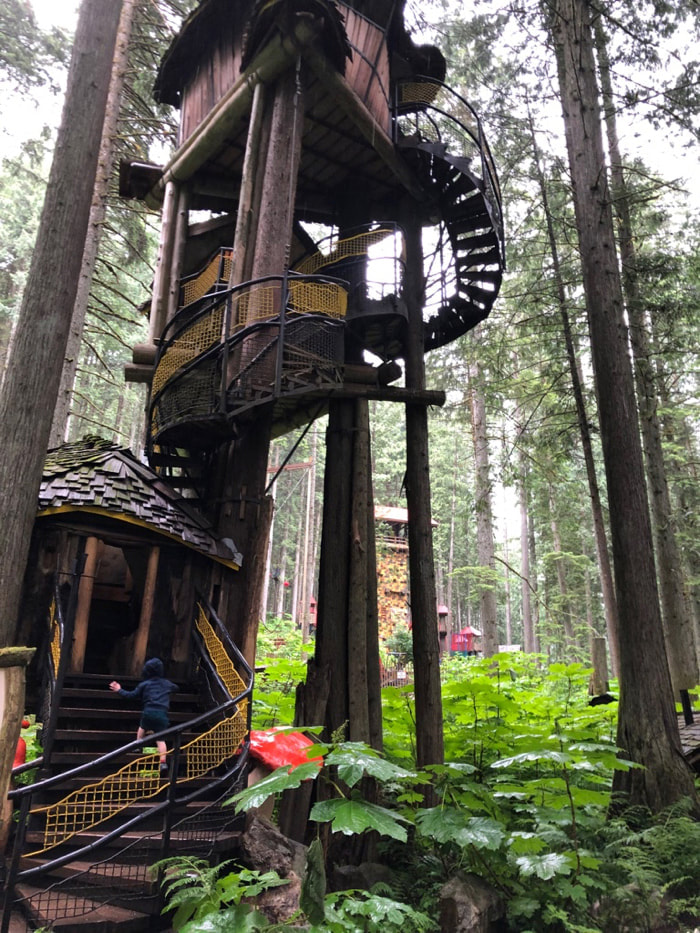
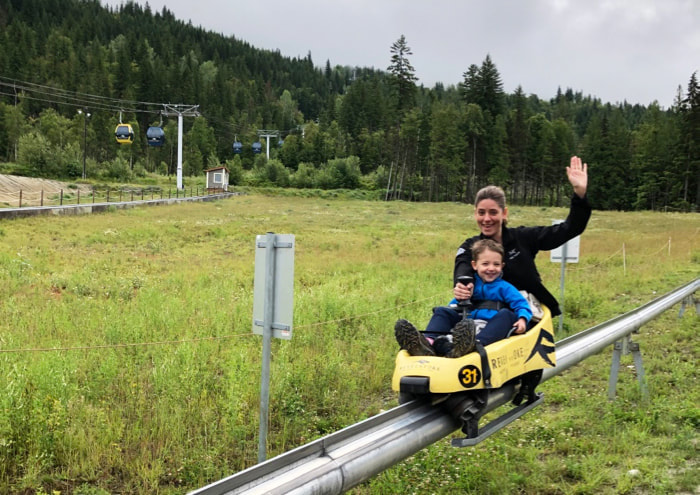
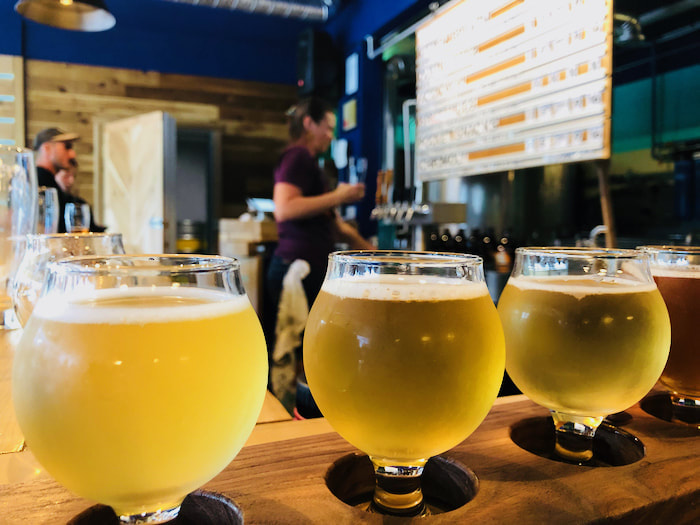
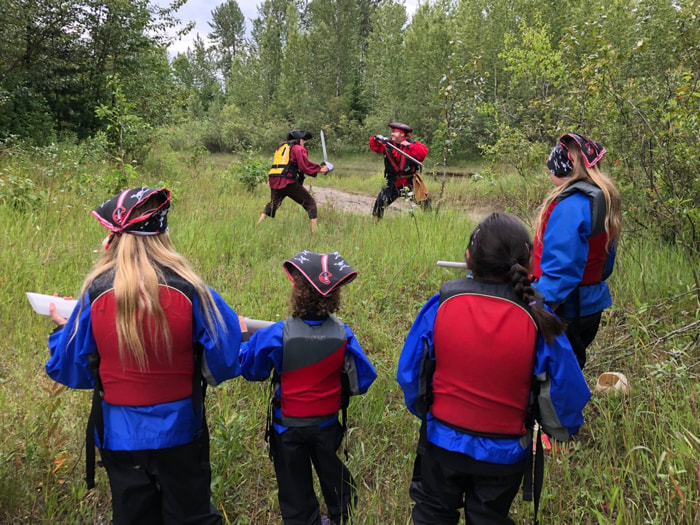
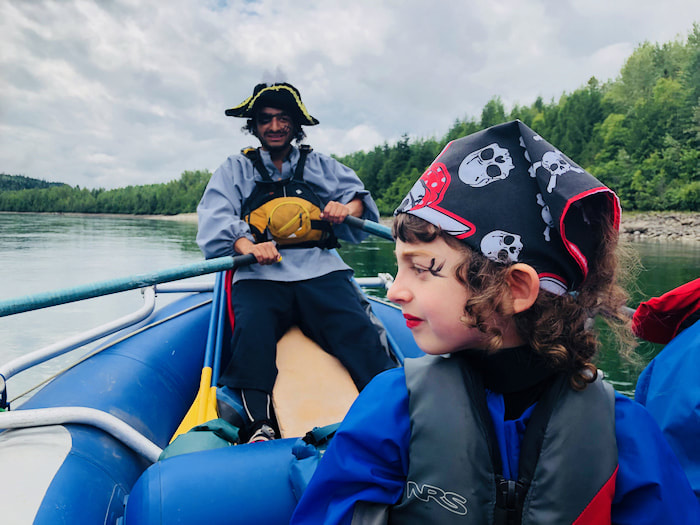
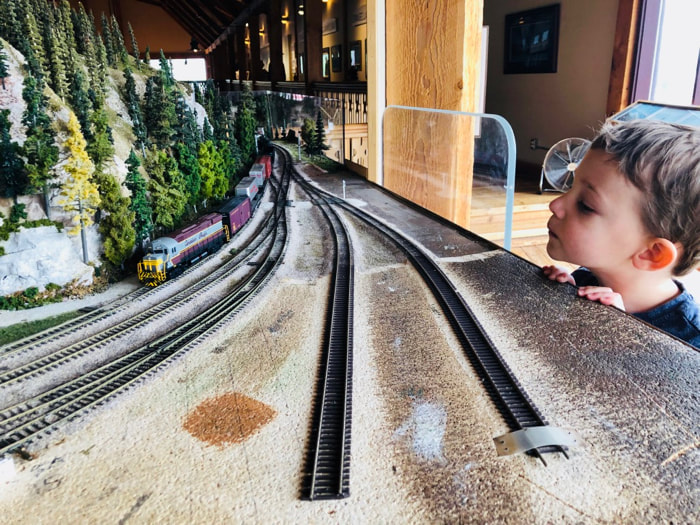










 RSS Feed
RSS Feed

